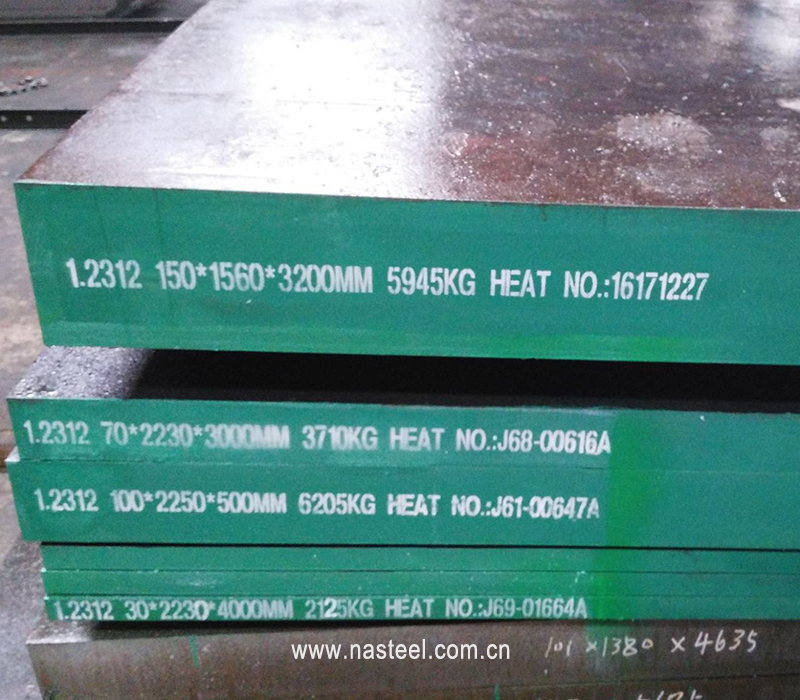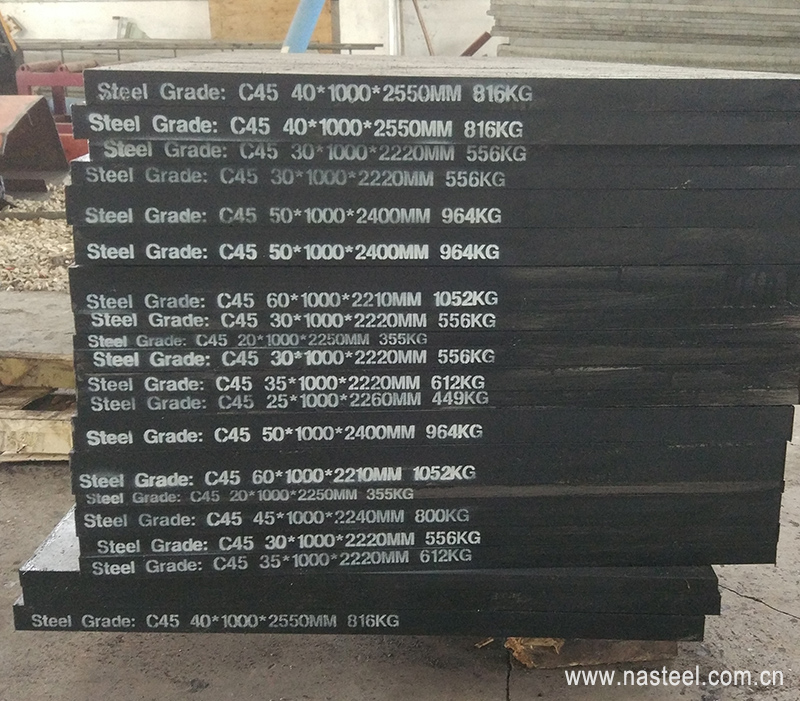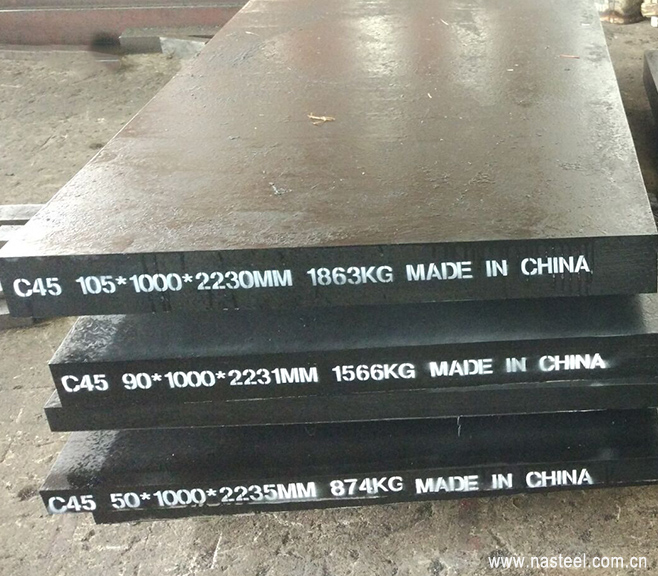1.2312 Anti-corrosion treatment of mold steel

1.2312 mold steel (also known as P20+S, a modified version of P20 with added sulfur for improved machinability) is a pre-hardened tool steel commonly used in plastic injection molds, die-casting dies, and mold bases.
However, 1.2312 is not inherently corrosion-resistant, so anti-corrosion treatment is crucial, especially for molds exposed to moisture, corrosive plastics, or humid environments.
🛡️ Anti-Corrosion Treatment Options for 1.2312 Mold Steel
✅ 1. Nitriding (Gas or Plasma)
-
Adds a hard, wear- and corrosion-resistant surface layer (Fe-N compound).
-
Operating temperature: ~500–550°C.
-
Does not affect core hardness, which is great for pre-hardened steels like 1.2312.
-
Depth: ~0.1–0.6 mm (depending on time).
🔸 Pros:
-
Improves corrosion resistance and wear resistance.
-
No distortion — perfect for finished molds.
🔸 Cons:
-
Surface must be cleaned and polished beforehand.
-
Can crack under high mechanical loads if too brittle.
✅ 2. Nickel Plating (Chemical or Electrolytic)
-
Electroless nickel plating (ENP) is widely used for corrosion protection.
-
Adds a uniform, thin (~5–25 µm) coating of nickel-phosphorus alloy.
🔸 Pros:
-
Excellent corrosion resistance.
-
Conformal coating – even on complex geometries.
-
Adds some wear resistance and release properties (great for sticky plastics).
🔸 Cons:
-
Surface must be clean and well-prepared.
-
Slight dimensional changes (plan accordingly).
✅ 3. PVD Coating (TiN, CrN, DLC)
-
Physical Vapor Deposition adds ultra-thin ceramic coatings:
-
TiN (Titanium Nitride) – golden color, wear and corrosion resistant.
-
CrN (Chromium Nitride) – higher corrosion resistance than TiN.
-
DLC (Diamond-Like Carbon) – excellent mold release and corrosion protection.
-
🔸 Pros:
-
Excellent wear + corrosion protection.
-
Low friction and anti-sticking properties for mold cavities.
-
Minimal dimensional change.
🔸 Cons:
-
Requires high-vacuum PVD equipment.
-
Cost is higher compared to nitriding or plating.
✅ 4. Passivation (for Short-Term Storage Protection)
-
Mild chemical treatment (often nitric or citric acid based) that removes free iron from the surface.
-
Creates a thin passive oxide layer to reduce corrosion.
🔸 Pros:
-
Quick and easy.
-
Good for short-term protection and maintenance.
🔸 Cons:
-
Not a long-term or high-stress corrosion solution.
🔩 Summary Table: 1.2312 Anti-Corrosion Options
| Method | Corrosion Resistance | Wear Resistance | Dimensional Impact | Use Case |
|---|---|---|---|---|
| Nitriding | Moderate | High | Minimal | Long-life molds with high abrasion |
| Nickel Plating | High | Moderate | Mild (~5–25 µm) | General mold corrosion protection |
| PVD (TiN, CrN, DLC) | Very High | Very High | Very Low | High-end molds with precision + wear |
| Passivation | Low–Moderate | None | None | Storage, low-budget corrosion prevention |
✅ Best Practice
For long-term performance, a combination of:
-
Nitriding for wear + moderate corrosion, or
-
Electroless Nickel Plating for strong corrosion resistance, is ideal.
Add regular mold maintenance, protective storage coatings (rust inhibitors), and climate-controlled environments for maximum life.

